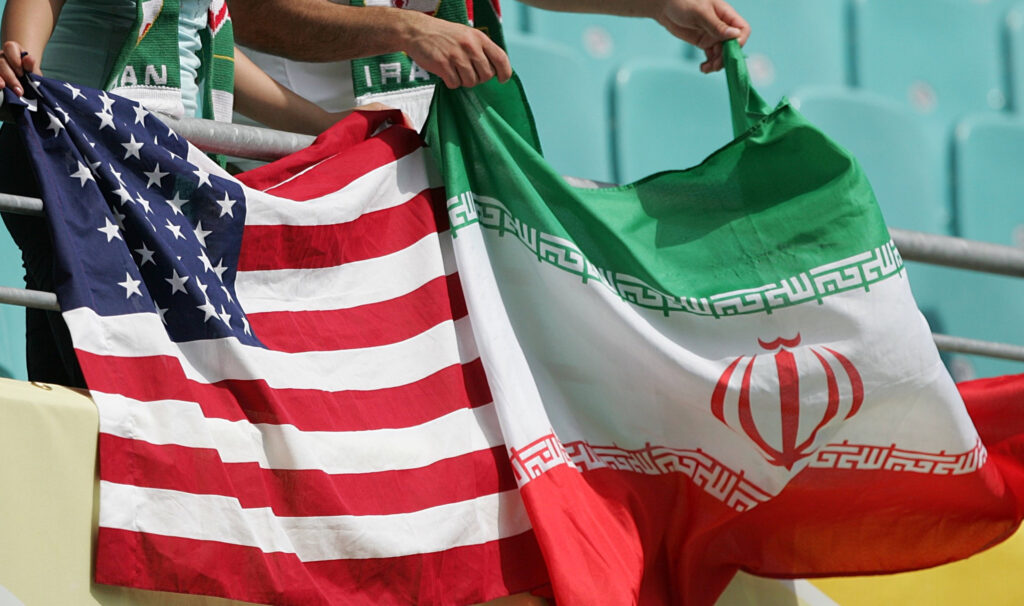Iran is preparing to hike its oil exports to “maximum capacity” in the coming months, according to two Iranian oil sources.
The move comes amid indications that negotiations between Washington and Iran in Vienna could soon yield a deal to lift US sanctions.
“The expectation is that a deal will be reached next week, and two to three months after that sanctions will be lifted,” a source at Iran’s oil ministry told Energy Intelligence.
“Iran is ready to boost exports and the target will be Asia, but we will be in competition with Saudi [Arabia] and Iraq. The number one priority for Iran once sanctions are lifted is to export at maximum capacity, regardless of what this extra supply does to the market,” the source said.
A deal would open the door to as much as 2 million barrels per day of Iranian crude returning to the market in the months ahead, and the latest signs of progress have caused oil prices to fall by more than $4 per barrel over the last three days.
Talks Head Into Fifth Round
After a fourth round of talks wrapped up in Vienna on Wednesday, diplomats were optimistic that an agreement could be reached soon to revive the 2015 Iran nuclear deal, with the US lifting sanctions on Iran in exchange for curbs on the latter’s nuclear program.
The negotiations are set to resume early next week. “Hopefully the fifth round will be final,” Russia’s envoy Mikhail Ulyanov commented on Twitter.
Enrique Mora, the EU official coordinating the talks, told reporters he was “sure there will be a final agreement.”
Official Iranian media quoted Iran’s President Hassan Rouhani on Thursday as saying the US had agreed to “lift all major sanctions on oil, petrochemicals, shipping, insurance and so on” and that “the main agreement has been reached.”
Deputy Foreign Minister Abbas Araghchi, who heads the Iranian delegation, also noted on Wednesday the “good progress” made in recent weeks.
But diplomats from France, Germany and the UK cautioned that success was not guaranteed and — as Araghchi also admitted — some difficult issues still need to be resolved.
Opec Conundrum
“I don’t think Iran will accept any limitations on its exports. Iran prefers to maximize exports,” said a senior NIOC source.
He estimates that Iran could go back to exporting around 2.5 million b/d of crude within six months, if there is sufficient demand.
That level was last seen three years ago, around the time that former President Donald Trump pulled the US out of the nuclear accord and imposed crippling sanctions on Iran.
Iranian oil supplies have already risen in recent months, in defiance of US sanctions. Energy Intelligence estimates that crude and condensate exports currently stand at around 800,000 b/d.
However, except for China and Syria, few countries are willing to take Iranian barrels while the sanctions remain in force.
The prospect of the US lifting sanctions creates a serious challenge for Opec-plus, which has battled hard to maintain a balance between supply and demand over the past year.
The producer alliance is scheduled to meet again on Jun. 1 amid concerns that a new surge of Covid-19 infections could erode global oil demand.
The NIOC source argues that Saudi Arabia and other competitors within the alliance won’t object to Iranian oil’s return to the market. “Opec members coming back from sanctions ... usually see cooperation from other members.”
But in addition to a hike in output if sanctions are lifted, Opec-plus will also be mindful of the large volume of oil held in storage that Tehran could unleash onto the market.
Iran expert Iman Nasseri of consultancy FGE reckons that Iran held as much as 180 million bbl of crude and condensate in storage in April, both onshore and offshore in tankers, including 60 million bbl of crude.
Looming Deadlines
Close observers of the talks believe a final deal may not come before Iran’s presidential election on Jun. 18, which would complicate negotiations, especially if a hard-liner is elected, as expected.
But as the NIOC source notes, it is the country’s Supreme Leader Ayatollah Ali Khamenei, rather than the president, who would ultimately make any decision about Iran returning to compliance with the nuclear deal.
A more pressing issue is the expiry on Friday of a three-month agreement reached in February by the International Atomic Energy Agency (IAEA) and Iran that granted the UN watchdog continued access to Iran’s nuclear program — as provided for in the 2015 nuclear deal — but with severe constraints.
The agreement is likely to be extended, Energy Intelligence understands, with diplomats in Vienna learning this week that IAEA Director-General Rafael Grossi has been in Tehran negotiating an extension.
The stop-gap mechanism, initially struck on Feb. 21, is considered critical to keeping the nuclear deal alive after an Iranian law passed in December that mandated a drastic curtailment of IAEA inspection activities.
Oliver Klaus and Amena Bakr, Dubai, Simon Martelli, London, and Stephanie Cooke and Emily Meredith, Washington

